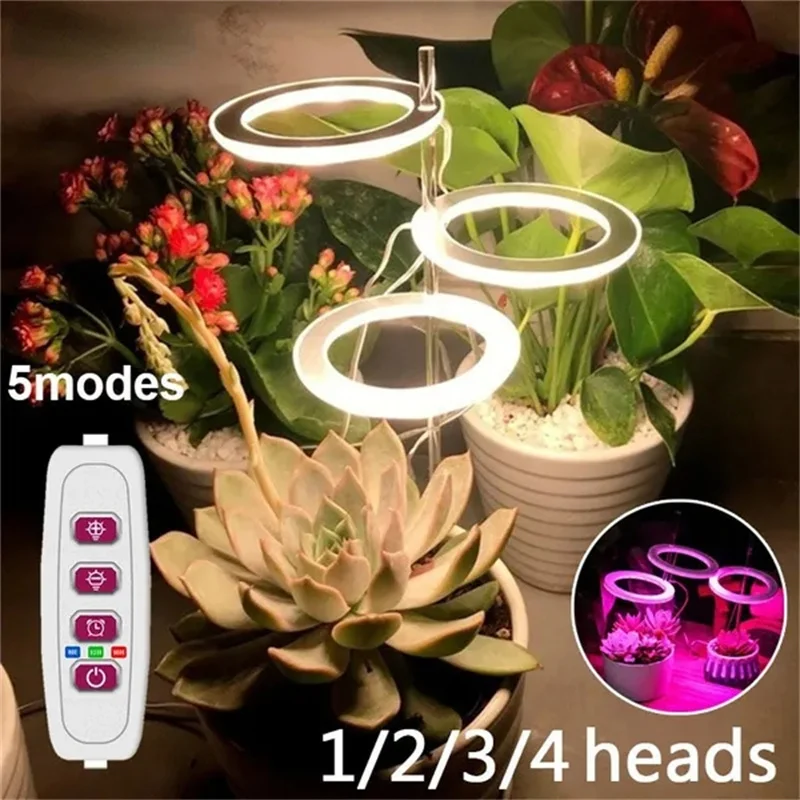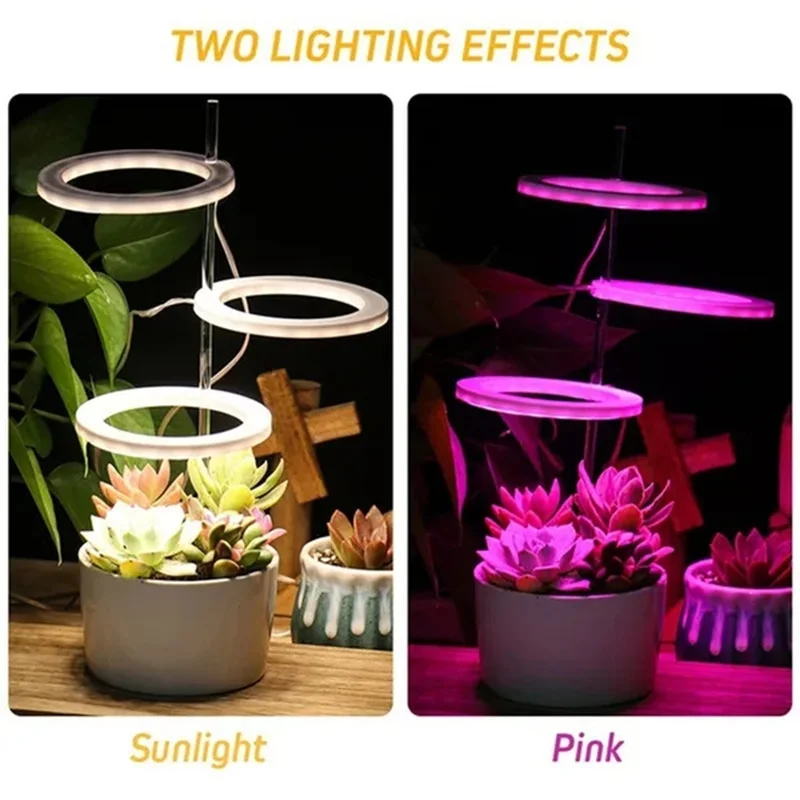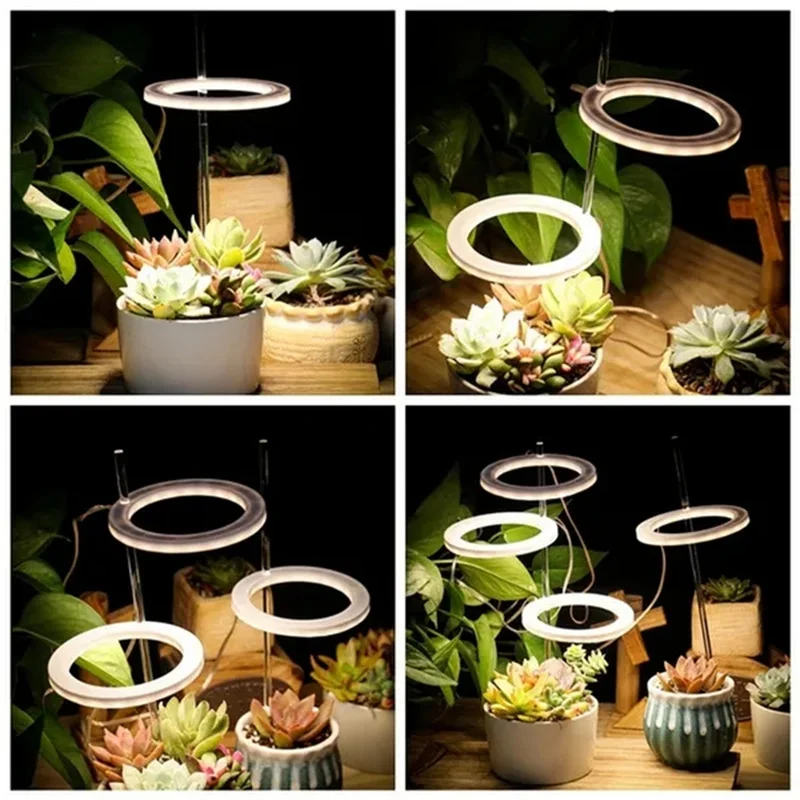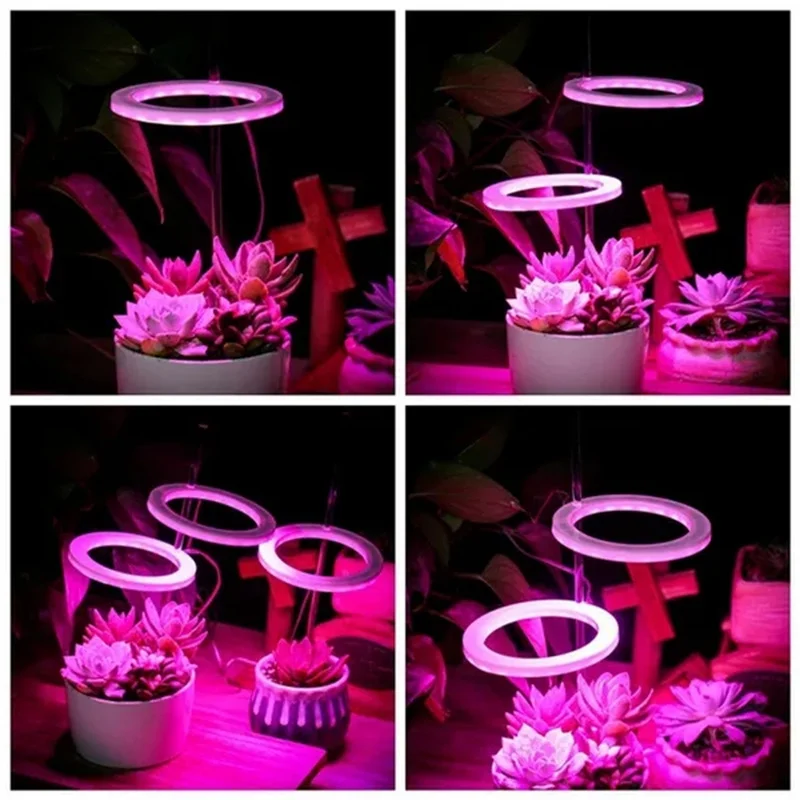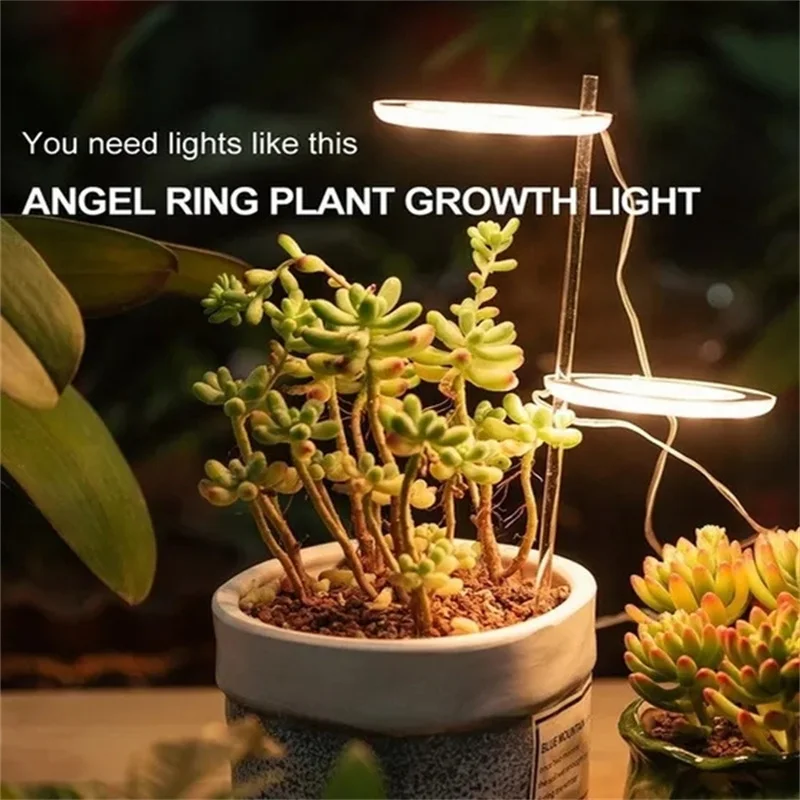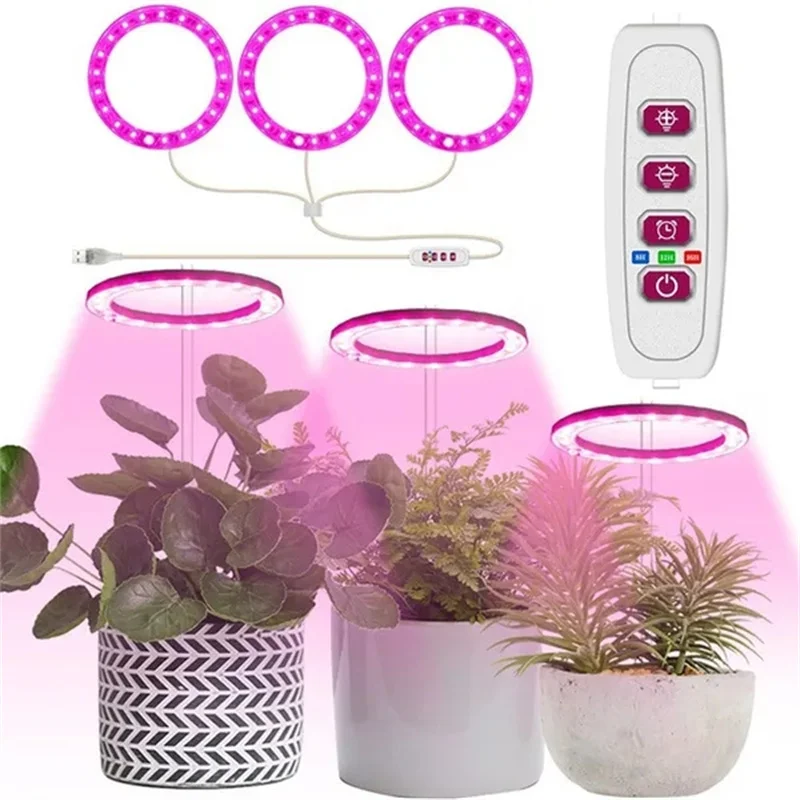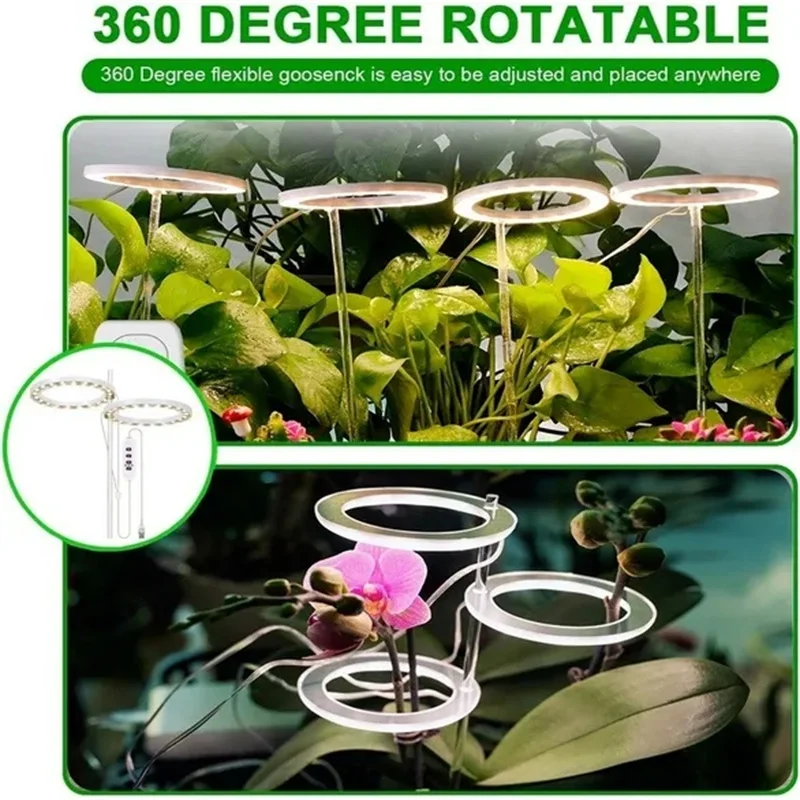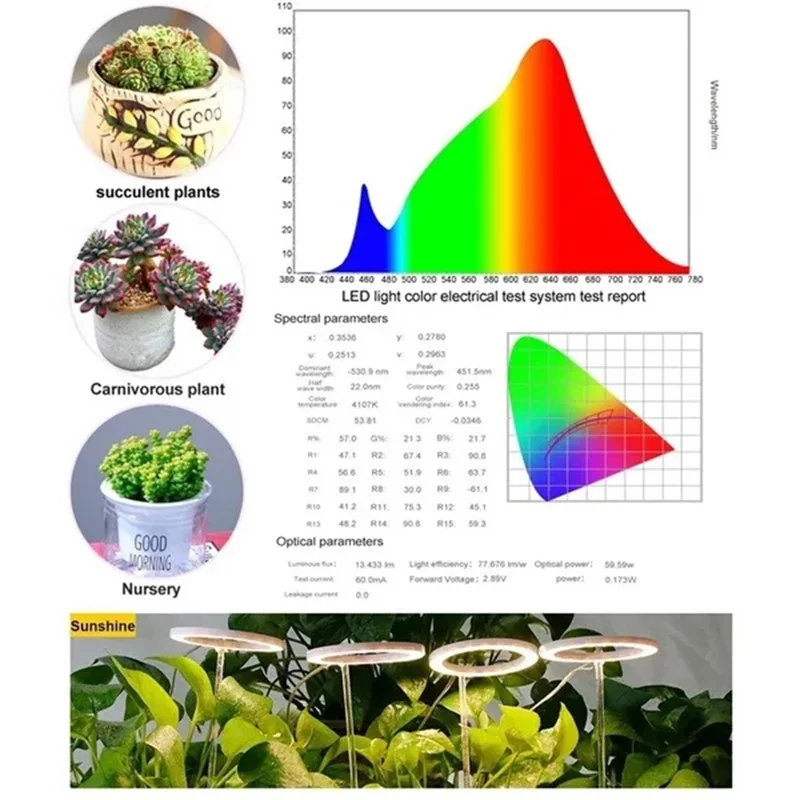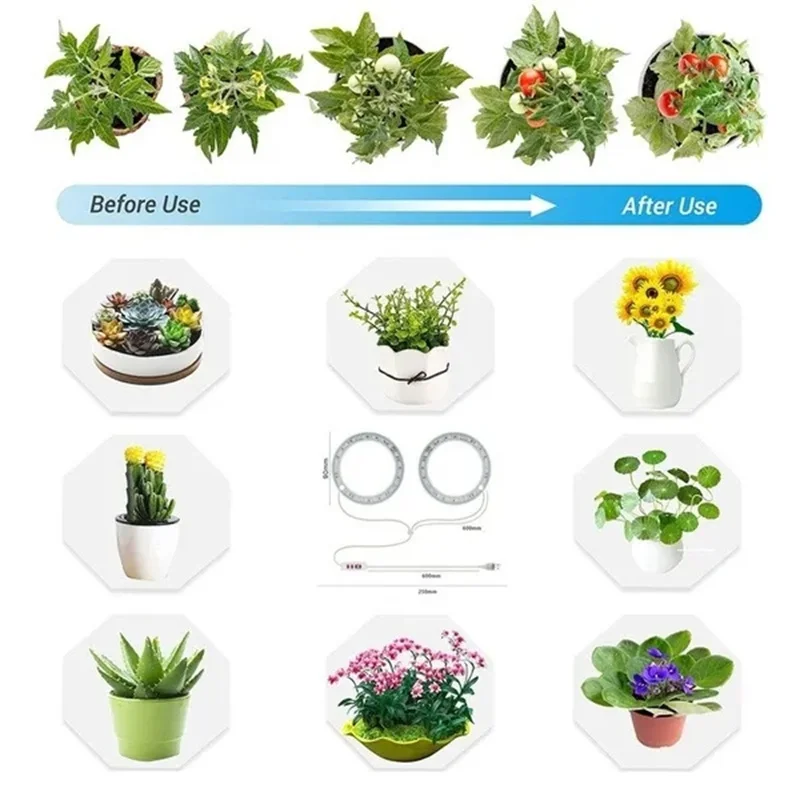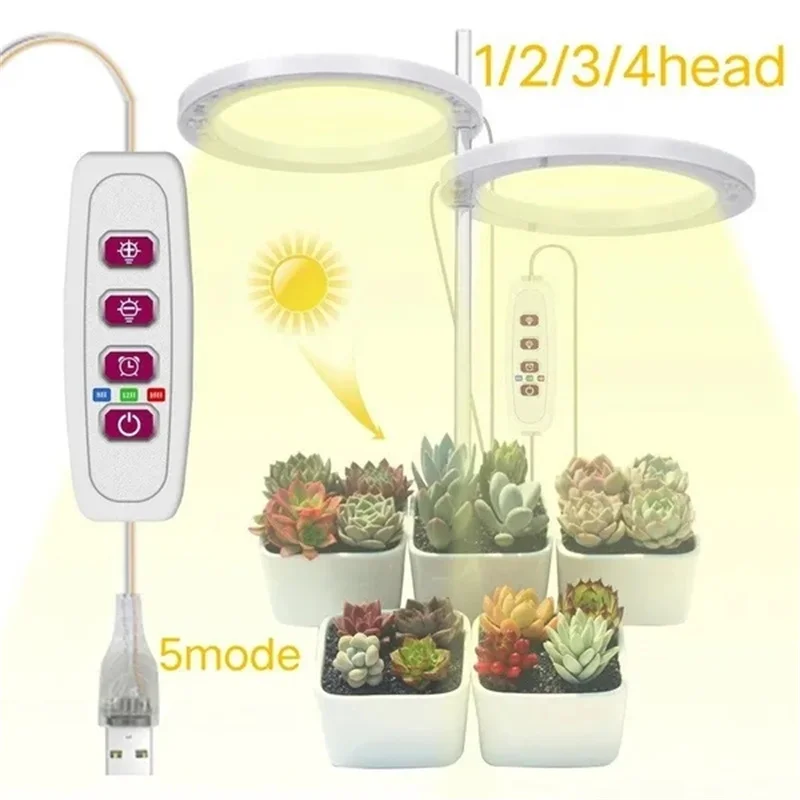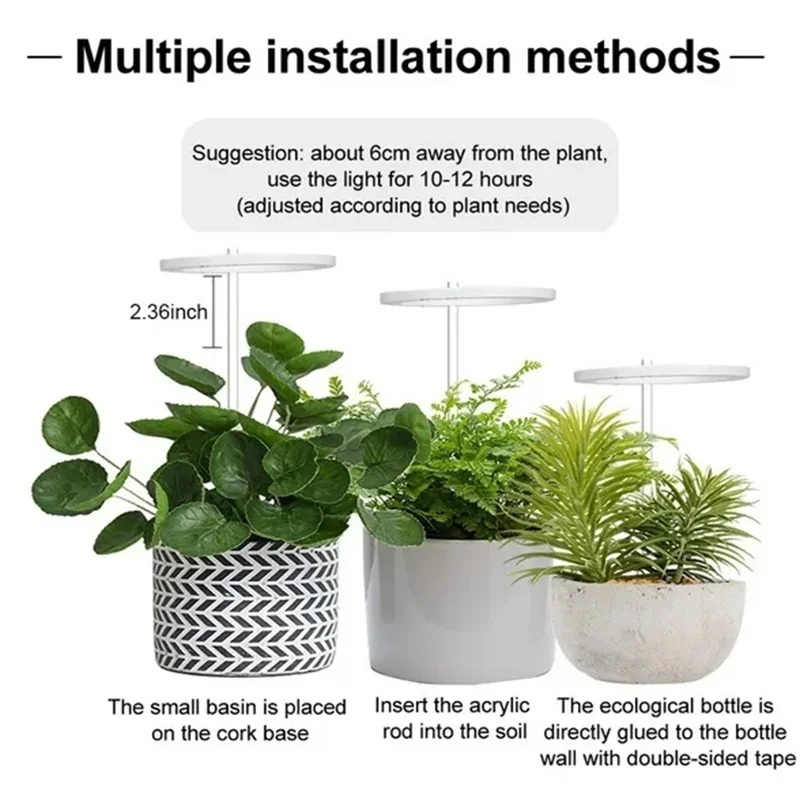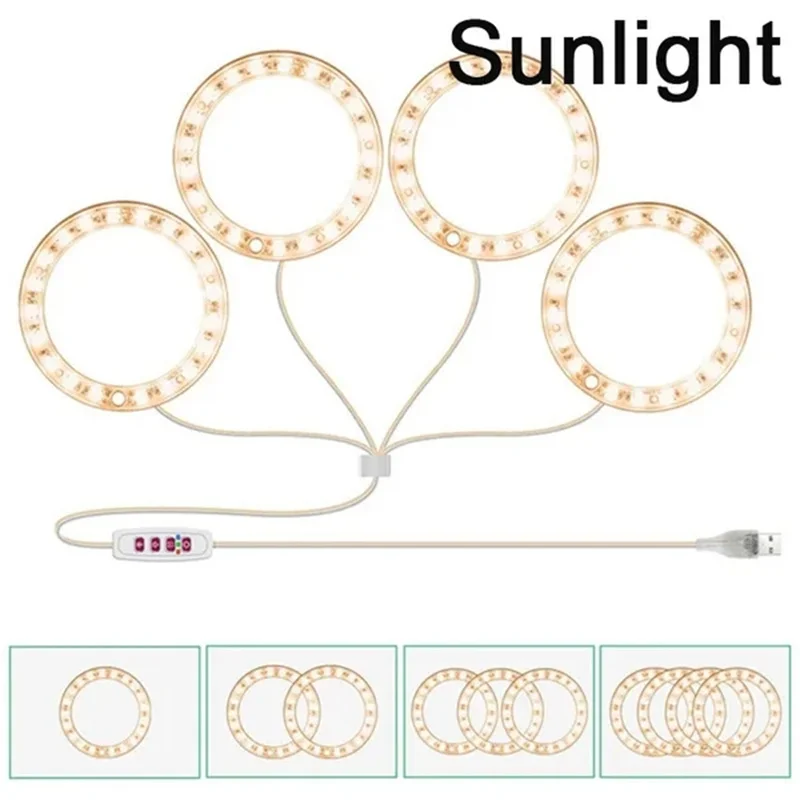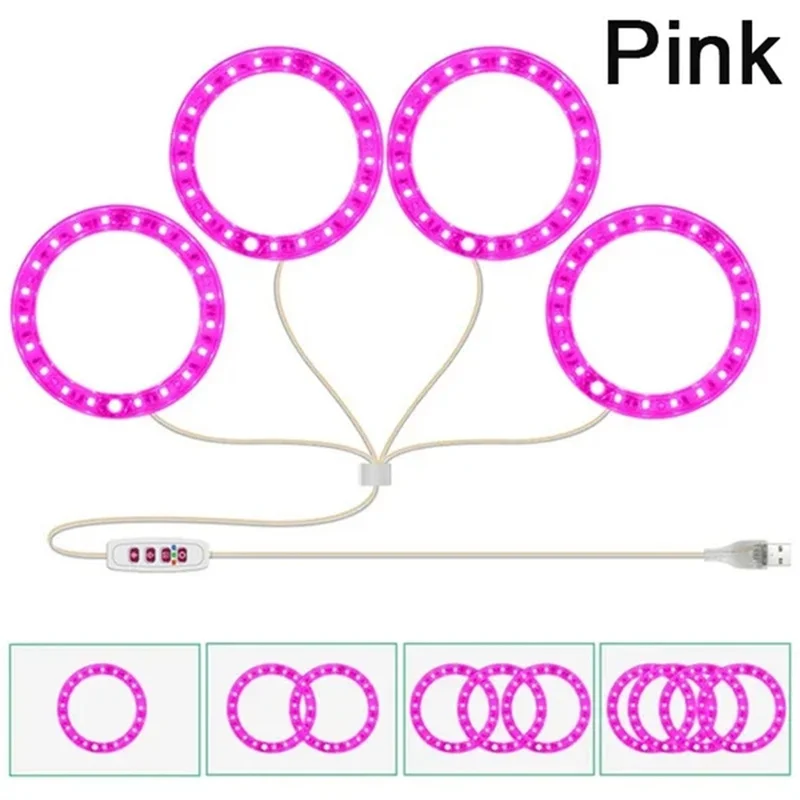The Essential Guide to Indoor Plants: Bringing Life into Your Home

Welcome to our comprehensive guide on indoor plants, where we explore the beauty and benefits of incorporating greenery into your living space. In recent years, a rise in urban lifestyle and an increasing number of people working from home have reignited the passion for gardening and plant care. Whether you're a seasoned plant enthusiast or a curious beginner, this post is tailored just for you.
Plants are not only a stunning addition to your home décor, but they also offer myriad advantages for mental health and indoor air quality. Studies show that having plants indoors can help reduce stress levels, increase productivity, and create a sense of calm. By choosing the right species, you can transform your living area into a peaceful sanctuary that reflects your personality and style.
In our upcoming sections, we will delve into gardening tips that cater to both seasoned gardeners and novices alike. From selecting the best houseplants suited for your environment to mastering essential plant maintenance techniques, we will provide you with the knowledge needed to nurture your indoor garden effectively. Whether you prefer low-maintenance greenery or vibrant flowering plants, you'll discover valuable insights to grow a flourishing indoor garden.
Join us as we embark on an enlightening journey through the world of indoor gardening. From understanding light requirements and watering schedules to exploring propagation methods, our expert advice is designed to empower you. Dive in and uncover the secrets of creating a lush indoor oasis that not only enhances your home but also invigorates your life!
Importance of Plants
Oxygen Production
Plants are essential for life on Earth, primarily due to their remarkable ability to produce oxygen through the process of photosynthesis. During this process, plants convert carbon dioxide (CO2) from the atmosphere and, with the help of sunlight and water, release oxygen (O2). This oxygen is vital for the survival of most living organisms, including humans. The significance of this process includes:
Sustaining Life: Without plants, atmospheric oxygen levels would plummet, leading to catastrophic consequences for all aerobic organisms.
Supporting Biodiversity: The oxygen produced by plants supports not just human life but also the diverse flora and fauna that inhabit our planet.
Enhancing Air Quality: By absorbing pollutants, plants help filter and purify the air we breathe.
Carbon Dioxide Absorption
Plants play a crucial role in mitigating climate change by absorbing high levels of carbon dioxide from the atmosphere. This process has several significant benefits:



















